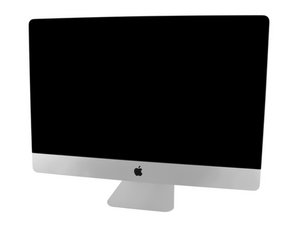I found this on Medium.com posted by Robert Hammen:
Similar to how iOS is configured, macOS is now on a separate partition from user data, which acts as if it is read-only (but in beta 1, it’s merely SIP-protected). In the beta, you’ll see “Macintosh HD” and “Macintosh HD — Data”. Data is a separate volume mounted in /System/Volumes. OS-installed applications live in /System/Applications, but the Finder presents them in /Applications as well. Apple calls the technology “firmlinking”. Beta 2 will be fully read-only by default.
Maybe this will help someone to update the commands required to remove a user folder and remove the .AppleSetupDone file (or whatever needs to be done to trigger the OOBE or new computer setup at startup.
Just to update this thread - I've been doing the following commands for machines I'm going to sell:
Big Sur/Monterey (From Recovery Terminal, not Single User)
csrutil disable
rm /Volumes/Macintosh\ HD/var/db/.AppleSetupDone
rm /Volumes/Macintosh\ HD/Library/Keychains/apsd.keychain
rm -rf /Volumes/Macintosh\ HD/var/db/ConfigurationProfiles/
rm -rf /Volumes/Macintosh\ HD/Users/user
csrutil enable
Older
Reboot to Recovery (cmd.
-R)
Open Terminaln
csrutil disable
Reboot to Single User Mode (cmd-S)
/sbin/fsck -fy
/sbin/mount -uw /
[Catalina is /sbin/mount -uw /System/Volumes/Data]
sudo rm -rf /Users/user
/usr/bin/dscl . -delete "/Users/<username>"
sudo rm /var/db/.AppleSetupDone
sudo rm /Library/Keychains/apsd.keychain
sudo rm -rf /var/db/ConfigurationProfiles/
exit
cmd-Q to quit Welcome screen
Reboot to Recovery (cmd-R)
Open Terminal
csrutil enable
Quit Terminal
Shutdown
El Capitan
mount -uw /
cd /var/db/dslocal/nodes/Default/users/
rm test.plist
rm -rf /Users/test
rm /var/db/.AppleSetupDone
shutdown -h now
If anyone sees any errors or missing commands in any of the above, please correct this. I have seen these additional commands mentioned elsewhere but have never been able to get these commands to work (returns an error). Any ideas?
# dscl . -delete /Users/{username}
# dscl . -delete /Groups/admin GroupMembership {username}
Starting in macOS Ventura you can know factory reset your mac same as iOS. But that will remove any third party apps you might be wanting to preserve. FYI.
Thanks!


 5
5  5
5 
 971
971 
1 Comment
Does this still work with Catalina?
by Larry Jorgenson